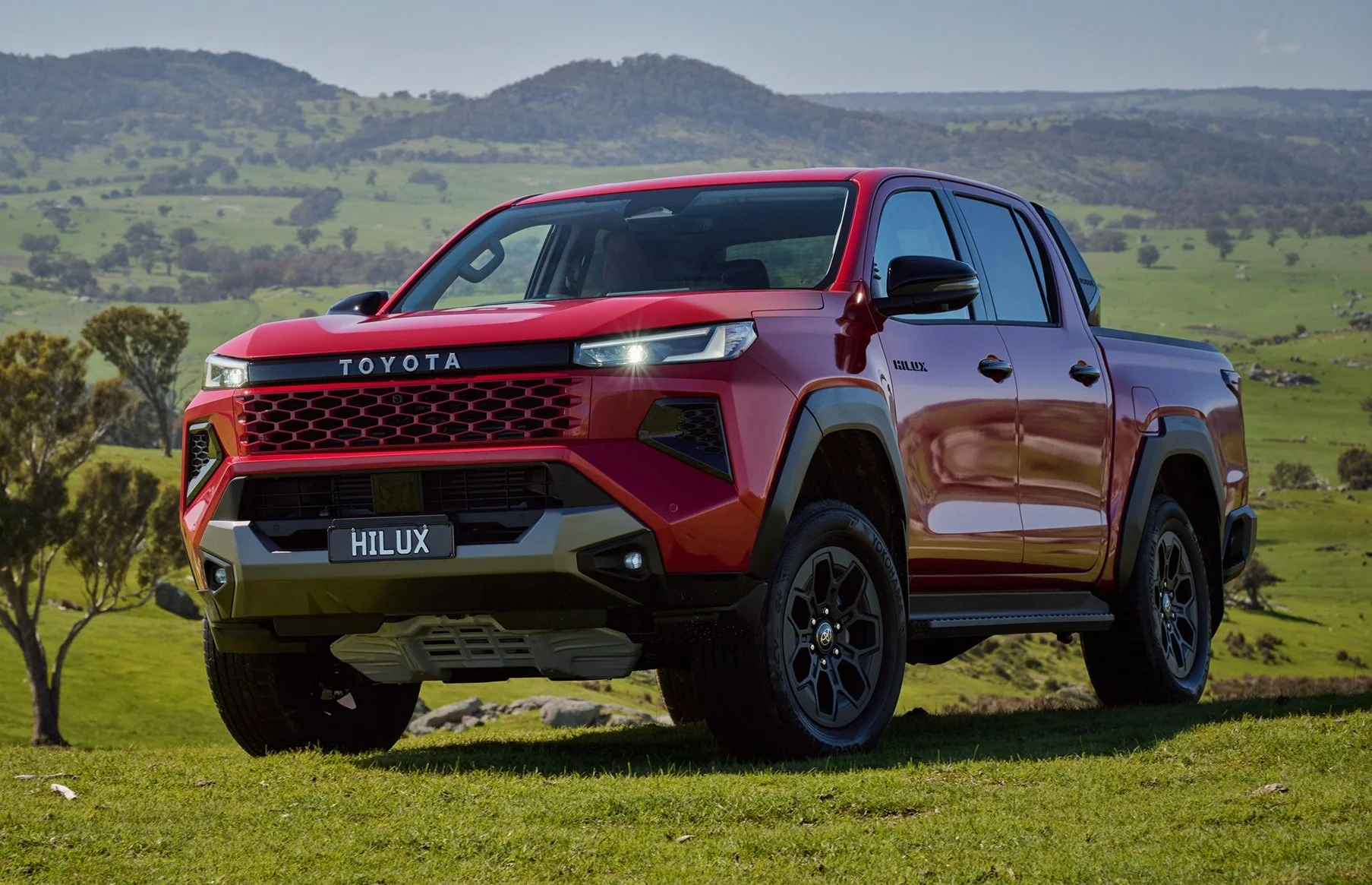Do Small Diesel Engines Wear Out Quicker?
QUESTION
Hi John, I'm a huge fan and viewer of your videos >>. I currently run my own business and I am in the market for a 4x4 ute as a daily driver and family escape (camping, towing camper trailer). I was hoping that you could provide me with some information about diesel engine capacity sizes e.g. Triton's 2.4-litre turbodiesel, as opposed to Ranger's 3.2-litre turbodiesel.
I am really not sure if size makes a difference, I have read and heard online that smaller engines with high outputs, as opposed to bigger engines, strain and wear out quicker, but to be honest I have no idea personally.
I know you are probably quite busy, but I really look forward to your response. Please feel free to respond to my email or give me a call on my number below. Thanks in advance, Mark
P.S. I really appreciate your videos and love the fact that you say it how it is, the world needs more people like you. Keep up the great work. I look forward to viewing more of your videos! :)
ANSWER
This is an apparently simple - or at least straightforward - question where the answer gets complex fast. If everything else were constant - same operating conditions, same servicing, same materials, same driving style, same power and torque output, etc. - then I guess it would be fair to say that the smaller engine would wear out sooner than the bigger engine. The main reason would be that the parts are more stressed, doing the same amount of work in the same conditions.
However, the real world is hardly ever like that. Let's take a look at the two engines:
FORD RANGER
MITSUBISHI TRITON
Engine capacity: 3.2 litres
Cylinders: 5
Peak power: 147 kW @ 3000rpm
Peak torque: 470 Nm @ 1750-2500rpm
Fuel economy: 9.0 L/100km
Peak power/litre/1000 rpm: 15.3 kW/L/1000rpm
Engine capacity: 2.4 litres
Cylinders: 4
Peak power: 133 kW @ 3500rpm
Peak torque: 430 Nm @ 2500rpm
Fuel economy: 7.6 L/100km
Peak power/litre/1000 rpm: 15.8 kW/L/1000rpm
Basically, the last figure in each of the two columns above is a bastardised form of a thing engineers use, called 'Brake Mean Effective Pressure' or BMEP. It's a theoretical concept that's meant to represent the average pressure operating on the pistons during peak power output. (It's a means of assessing efficiency: higher numbers mean the engineers did a better job.) Obviously the Triton's engine benefits from having more hi-tech componentry (it has variable valve timing and lift, for example.)
It also means it's working harder - 15.8 versus 15.3 is a difference of about three per cent. So: not that much harder, when you think about it.
Another way of looking at this is that the Ford engine is making 29.4kW in each cylinder at its peak power output. The Triton's engine is making 33.3 kW per cylinder. So, each cylinder is working about 13 per cent harder. It's also spinning about 17 per cent faster while it's doing that.
It is, however, a big jump from there to 'it'll wear out faster'. This depends on many other factors including the calibre of materials used and the underlying R&D. This kind of thing can make more difference to an engine's longevity than simply an analysis of the peak power outputs and the displacements.
There have been cases - plenty of them - where under-done R&D resulted in premature major component failure. If a big-end bearing or a timing chain fails prematurely (for example) the engine is generally a throwaway, regardless of how the wear rates of the rings or valve guides are going.
On this capacity versus that capacity: If a one-litre engine were screwed up so tight is made the same power output as a three-litre engine, then it would be fair to assume it would wear out faster - but only because there are physical limits that often mean wear rates are non-linear. The fact is, however, that the Ranger and Triton engines are very similar. Diesel engines can't really be revved much beyond 4000rpm, either - it's a physical limitation - and wear rates are closely related to the operating speed of the parts. (Diesels don't rev higher because they can't: it's a problem relating to the combustion duration, the combustion dynamics, the fuel delivery and injection process and the heavier mass of the reciprocating parts.)
Short V Long Trips
What's far more likely to determine which engine will wear out first, in the real world, is the way you use it. Short trips with lots of cold starts per distance driven wear engines out quickly. (When the metals are cold the working parts don't fit together very well, and the lubricating oil isn't exactly doing its finest work either - and this greatly accelerates the wear rate.) Lots of cold starts equals accelerated wear - every time. Engines that turn on and do dozens - or even hundreds - of kilometres between cold starts last for many more kilometres that their stop-start cousins in the city.
Owner Abuse
Owner abuse accelerates wear as well. So if you thrash your engine, it wears out faster. But an even more insidious form of abuse is the failure to service the vehicle. Lubricating oil has a use-by date and a use-by distance beyond which it fails to form the required tough, thin film that separates the moving metal parts. And, when that occurs, wear rates skyrocket. It's a false economy not to service your car at least by the required time or distance - whichever occurs first.
- See also: Petrol versus diesel >>

















The MG ZS is a small SUV that offers such strong value to most buyers that it should be on your shortlist be default, even when shopping for a used car. But given that no car is perfect, the price could easily distract from its drawbacks.